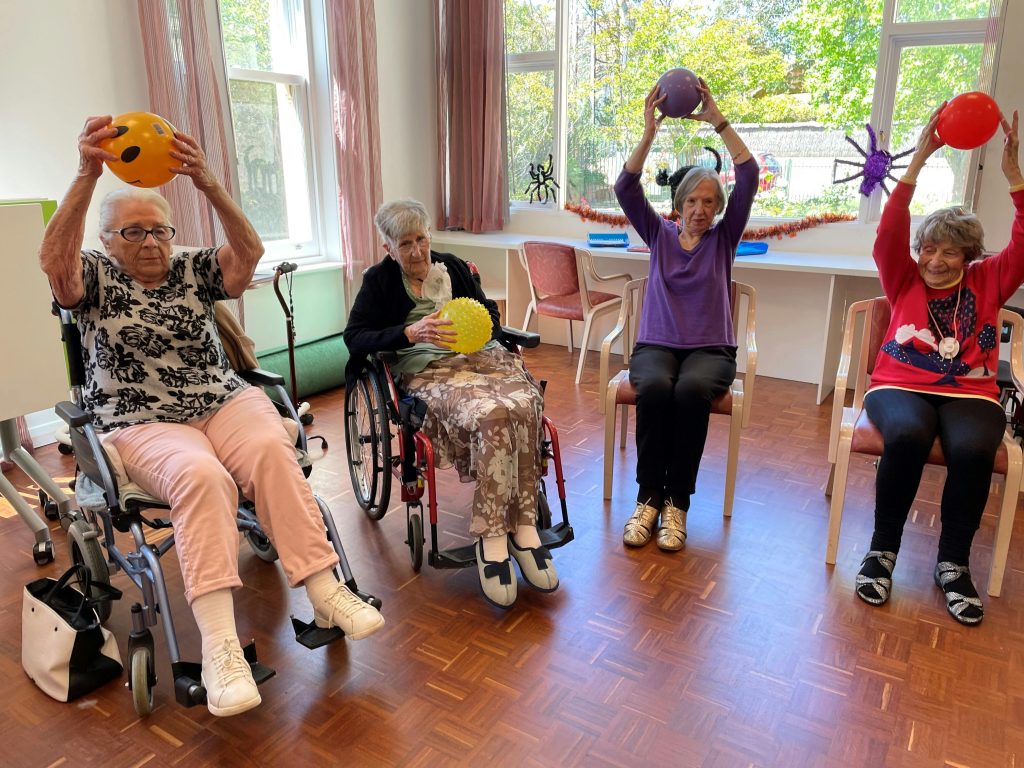Assisted living facilities, battling high vacancy rates is a challenge that many administrators face. However, success stories abound, showcasing facilities that have not only overcome this hurdle but have thrived in providing exceptional care to their residents. In this detailed exploration, we delve into comprehensive case studies, employing the MECE framework to dissect the strategies and solutions implemented by these successful facilities. By understanding their journeys, other facilities can glean valuable insights to transform high vacancy rates into a triumph of occupancy and resident satisfaction.
I. Introduction
The issue of high vacancy rates in assisted living facilities is a multifaceted challenge, but success stories offer hope and actionable insights for those facing similar struggles. In this collection of case studies, we will meticulously analyze the strategies employed by facilities that turned the tide on high vacancy, offering a roadmap for others in the industry.
II. Identifying Common Challenges
A. Root Causes of High Vacancy
Before delving into the success stories, it’s essential to identify the common challenges that contribute to high vacancy rates. The MECE framework helps us categorize these challenges:
Occupancy Challenges
| Challenge | Description |
|---|---|
| Location | Facilities in less desirable locations may face increased competition. |
| Reputation | A tarnished reputation due to past incidents or negative reviews can deter potential residents. |
| Pricing | Facilities with uncompetitive pricing models may struggle to attract residents. |
Operational Challenges
| Challenge | Description |
|---|---|
| Staffing | Insufficient or inadequately trained staff can impact the quality of care provided. |
| Facility Amenities | Outdated or lackluster amenities may not meet the expectations of prospective residents. |
| Marketing | Ineffective marketing strategies can result in a lack of visibility and inquiries. |
III. Case Study 1: Transforming Reputation and Location
A. Facility Background
Location: Suburban area with increased competition.
Reputation: Previously marred by negative incidents.
Strategies Implemented
- Rebranding Campaign:
- Overhauled the facility’s image through a comprehensive rebranding campaign.
- Emphasized commitment to resident well-being and safety.
- Community Engagement:
- Actively engaged with the local community through events and partnerships.
- Fostered positive relationships to improve the facility’s standing.
- Online Reputation Management:
- Implemented a robust online reputation management strategy.
- Encouraged satisfied residents and families to share positive reviews.
Results
- Occupancy Increase: Witnessed a steady increase in occupancy rates over six months.
- Community Integration: Became an integral part of the local community, contributing to increased word-of-mouth referrals.
IV. Case Study 2: Innovative Pricing Models and Facility Upgrades
A. Facility Background
Pricing: Previously considered uncompetitive.
Facility Amenities: Required updates to meet modern expectations.
Strategies Implemented
- Flexible Pricing Packages:
- Introduced flexible pricing packages, accommodating different budget ranges.
- Offered customizable plans to cater to individual needs.
- Facility Upgrades:
- Invested in facility renovations and modernization.
- Highlighted upgraded amenities, such as renovated common areas and enhanced security features.
- Collaborative Marketing:
- Collaborated with local businesses for joint marketing initiatives.
- Offered special promotions to attract new residents.
Results
- Increased Inquiries: Noted a significant rise in inquiries and tour requests.
- Improved Resident Satisfaction: Upgraded amenities contributed to higher resident satisfaction.
V. Case Study 3: Comprehensive Staff Training and Marketing Overhaul
A. Facility Background
Staffing: Faced challenges with insufficiently trained staff.
Marketing: Previous strategies failed to generate sufficient leads.
Strategies Implemented
- Staff Training Programs:
- Instituted comprehensive training programs for all staff members.
- Focused on improving communication skills and enhancing the overall resident experience.
- Revamped Marketing Strategy:
- Conducted a thorough analysis of previous marketing efforts.
- Implemented a targeted online marketing campaign, emphasizing the facility’s unique strengths.
- Customer Feedback Integration:
- Actively sought feedback from residents and families.
- Integrated positive testimonials into marketing materials.
Results
- Staff Retention: Noticeable improvement in staff retention and satisfaction.
- Increased Online Visibility: Achieved higher rankings in online searches, leading to a surge in website traffic.
VI. Lessons Learned and Best Practices
A. Key Takeaways
- Adaptability: Facilities that successfully addressed high vacancy rates demonstrated adaptability to changing market dynamics.
- Community Integration: Engaging with the local community proved instrumental in overcoming reputation challenges.
- Innovation in Pricing: Flexible pricing models and competitive rates attracted a diverse range of residents.
- Continuous Improvement: Regularly assessing and adapting marketing strategies, facilities showcased a commitment to continuous improvement.
VII. Conclusion
In conclusion, these case studies exemplify the resilience and creativity of assisted living facilities that triumphed over high vacancy rates. By meticulously analyzing the challenges, implementing targeted strategies, and embracing adaptability, these facilities not only increased occupancy but also fostered a positive environment for residents and staff. By applying the lessons learned and best practices, other facilities can embark on a transformative journey towards success, ultimately contributing to the well-being and satisfaction of their residents.



